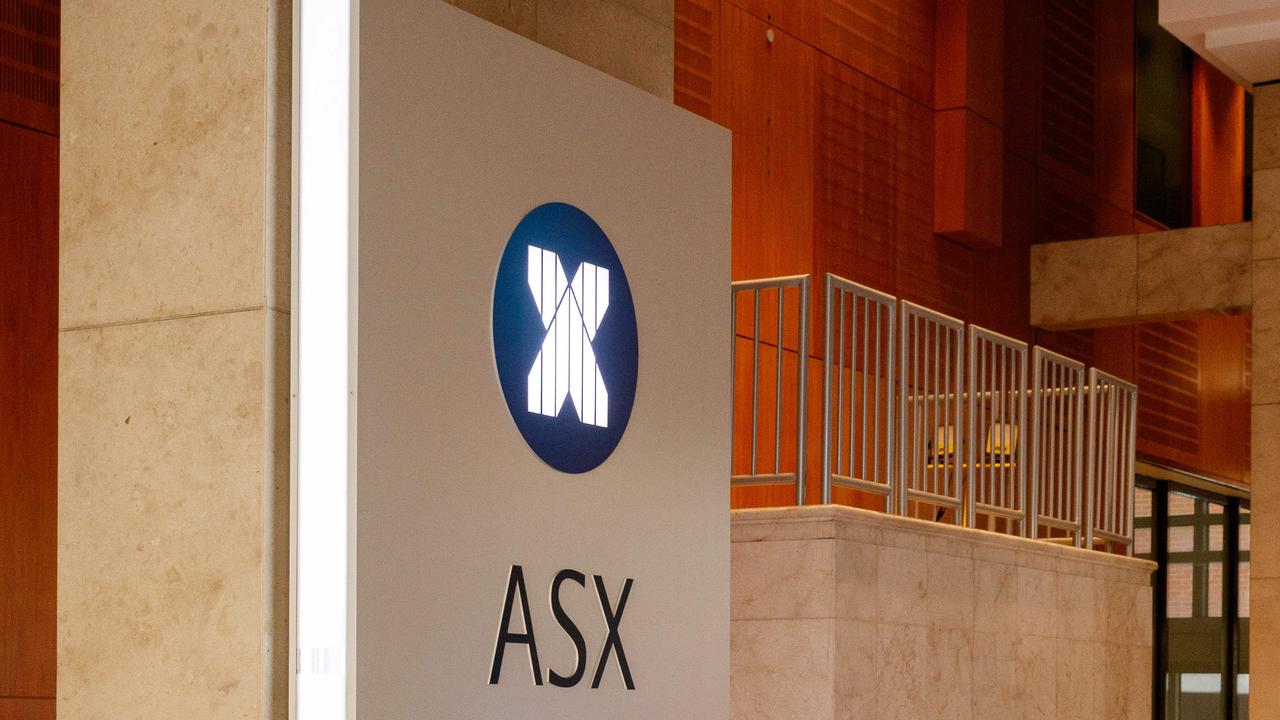Labor’s childcare calculator: Rich to win big under Anthony Albanese’s plan
Labor is launching one of its flagship policies today, designed to help families with cost of living pressures - but it’s the richest who are likely to be best off.

Labor’s plan to offer all families — including the rich earning up to $500,000 a year — bigger and better childcare subsidies is being spruiked in a new calculator allowing parents to work out how much they will save.
The changes will controversially deliver windfall gains of more than $11,000-a-year to Australia’s richest families.
But the average gain is estimated at a savings of $2900 a year.
Labor leader Anthony Albanese is launching the new childcare calculator today, which allows every parent in Australia to work out how much extra they will get in rebates for after school care and childcare under the proposed changes.
The ALP predicts one million families will be better off under the changes it has announced to reduce the out of pocket costs for childcare for working families.
“The Coalition’s child care system has failed parents — particularly women. It has created a financial disincentive for many second wage earners to work full time, or even increase their hours,’’ Mr Albanese said
“On top of that, since this Government was elected in 2013, child care fees have skyrocketed by 35.9 per cent.
“Labor has put forward a plan for cheaper child care that is win, win, win — it is good for parents, good for children, and good for the economy.”
RELATED: PM asked why families earning $189,000 aren’t eligible for more child care help

RELATED: Rich families could be $11,000 better off under Labor’s childcare plan
Modelling previously prepared by the Department of Education claims a couple on $360,000 with two children in childcare could secure an extra $11,000 a year in taxpayer-funded childcare rebates under the changes.
Under the Morrison Government’s legislated tax cuts, workers with a salary of more than $200,000 score a tax cut worth more than $11,000 a year from 2024.
Under the first example, ‘James and Joanna’ have a combined family income of $70,000. Their daughters Tracey and Phoebe attend centre-based daycare 30 hours per week.
Based on combined income, the family receives a childcare subsidy of 84.8 per cent of the hourly rate cap under the current system.
Based on national average data, the family’s child care fees are $624 per week of which $529.15 is received as CCS and $94.85 per week is paid in out of pocket costs.
As a result, James and Joanna would have $32.45 per week less to pay in out of pocket costs under the requested proposal or save $1678.
But for a high income family the benefits are nearly seven times higher.
‘Leanne and Chris’ have a combined family income of $360,000. Their sons Darren and Craig attend centre based daycare 30 hours a week.
Based on combined income the family receives childcare subsidy of 0 per cent under the current system.
Based on national average data the family’s child care fees are $624 per week of which $0 is received as CCS and $624 per week is paid in out of pocket costs.
Under Labor’s plan, based on combined income the family would receive a child care subsidy of 34 per cent of the hourly rate cap.
So from the family’s child care fees of $624 per week, $212.16 would be received as CCS and $411.84 in out of pocket costs.
As a result, Leanne and Chris will have $212.16 less to pay per week under the requested proposal and save $11,000 a year.
Under the current system the family earning $360,000 with two kids gets no childcare rebates but under Labor’s they would get an extra $13,222 a year.
The debate over childcare sparked a new class war in Parliament last month, with Labor’s childcare spokeswoman Amanda Rishworth asking the Prime Minister why childcare fee relief is now banned for high income earners.
“Under the childcare scheme, the Prime Minister personally designed, the subsidy is capped for families with a combined income of more than $189,000,’’ she said.
“Why does the Prime Minister consider families with a combined income of over $189,000 rich?”
In response, Mr Morrison accused Labor of reigniting old class warfare arguments.
“The reheat of the former Leader of the Opposition’s rhetoric in this case, seeking to cause class war again is no surprise,’’ he said.

The changes proposed by Labor will:
• Scrap the $10,560 child care subsidy cap which often sees women losing money from an extra day’s work;
• Lift the maximum child care subsidy rate to 90 per cent; and
• Increase child care subsidy rates and taper them for every family earning less than $530,000.
Labor claims the plan will make childcare more affordable for 97 per cent of families and encourage both parents to work full-time without losing money because of high childcare costs.
Under more long-term aspirations, the policy also includes a goal of delivering a 90 per cent subsidy for all families, regardless of income, in the longer term.
The Medicare-style universal childcare subsidy for all workers, regardless of income, would cover 90 per cent of childcare costs.
To work towards this promise, if elected at the next election Labor will ask the Productivity Commission to conduct a comprehensive review of the sector with the aim of implementing a universal 90 per cent subsidy for all families.

Given the huge value of taxpayer-funded subsidies involved, the Labor Party says it’s ready to consider a price regulation mechanism to “drive (fees) down for good”.
The ACCC would also examine the relationship between funding, fees, profits and educators’ salaries.
Some Liberal MPs have called for tax deductibility for childcare but the Finance Minister Simon Birmingham has pointed out this change would leave many families worse off compared to the current system and deliver the lion’s share of benefits to the rich.
“We’ve designed a system where they pay very small amounts for their childcare. It’s important we don’t lose that for low or middle income families,’’ he said.




